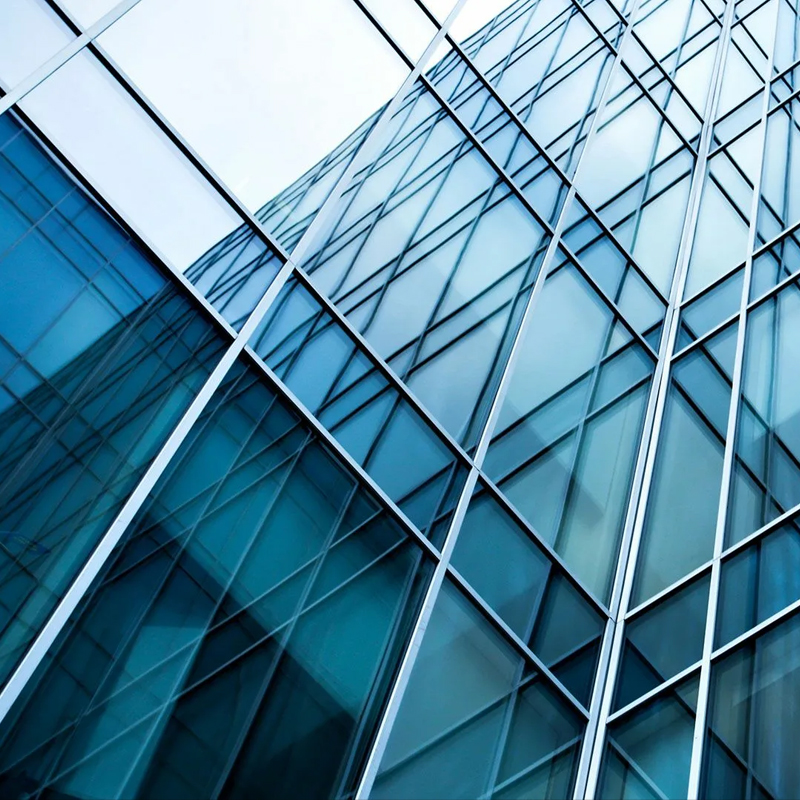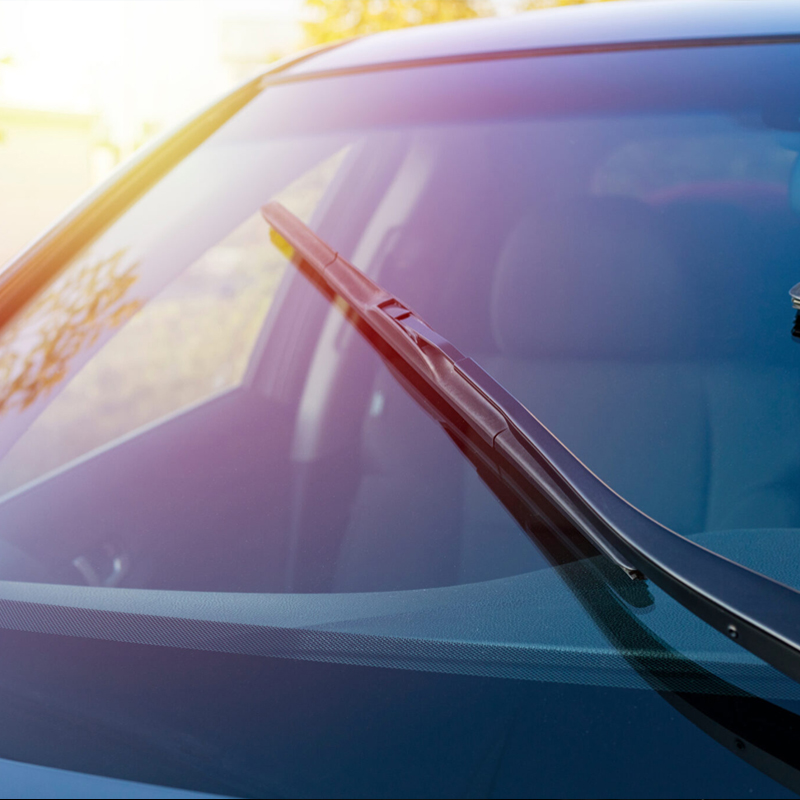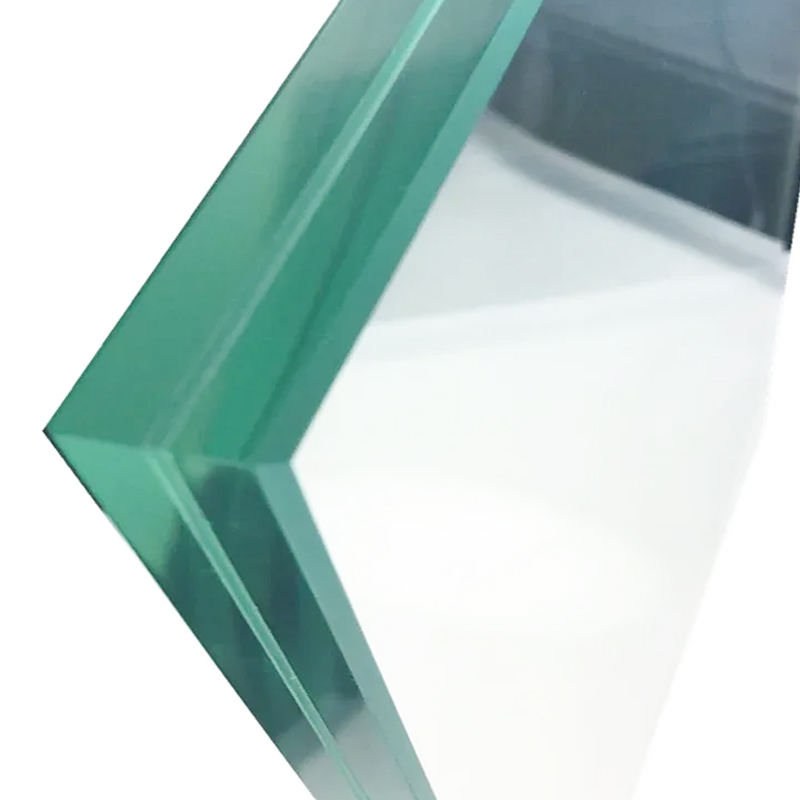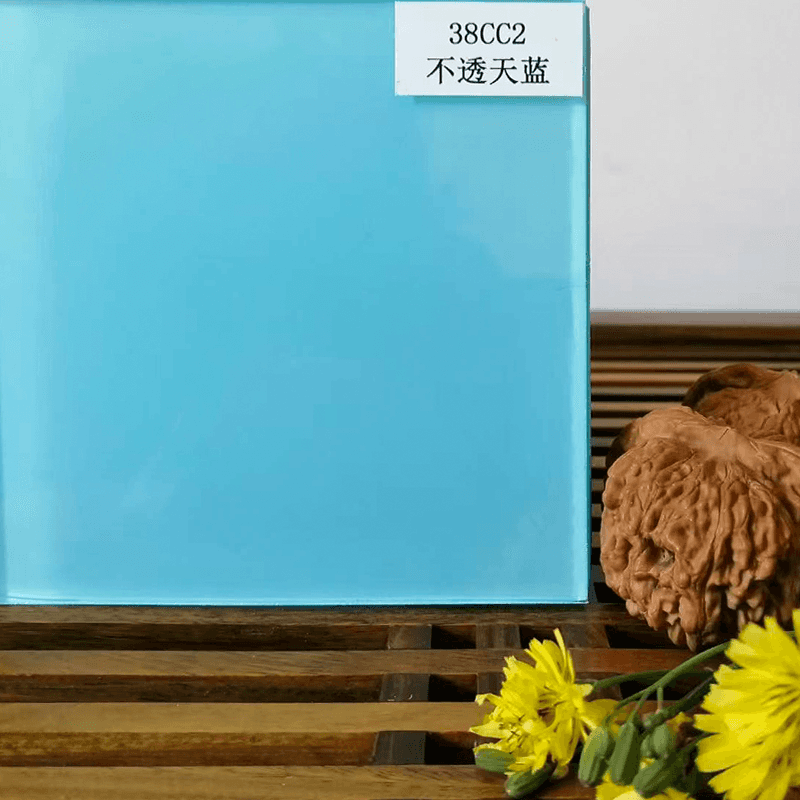language
The application of EVA Film in automotive glass interlayers is gaining increasing attention, especially in high-end models and new energy vehicles. Traditional automotive laminated glass mostly uses PVB (polyvinyl butyral) film as the intermediate bonding material. In recent years, EVA Film is gradually expanding its application space in the field of automotive glass due to its excellent processing performance, optical performance and functional advantages.
First, EVA Film has good adhesion and can firmly combine two or more pieces of glass together to form a structurally stable whole. In the event of a collision or glass breakage, the interlayer structure can effectively prevent glass fragments from splashing, thereby improving driving safety, which is one of the most basic and important functions of automotive safety glass.
Secondly, EVA Film has excellent optical transparency and can ensure that the front windshield has high light transmittance and low haze, which is crucial to ensure a clear driving field of vision and reduce visual interference. At the same time, by adding specific additives, EVA Film can also achieve efficient UV blocking, protect the occupants from UV damage, and delay the aging and fading of interior materials.
In addition, EVA Film also exhibits good sound insulation performance. Modern consumers have higher and higher requirements for car comfort. Laminated glass combined with EVA film can reduce the transmission of external noise to a certain extent and improve the driving experience. Compared with PVB film, EVA Film has a better noise reduction effect in certain frequency bands, which makes it one of the ideal choices for soundproof glass for high-end models.
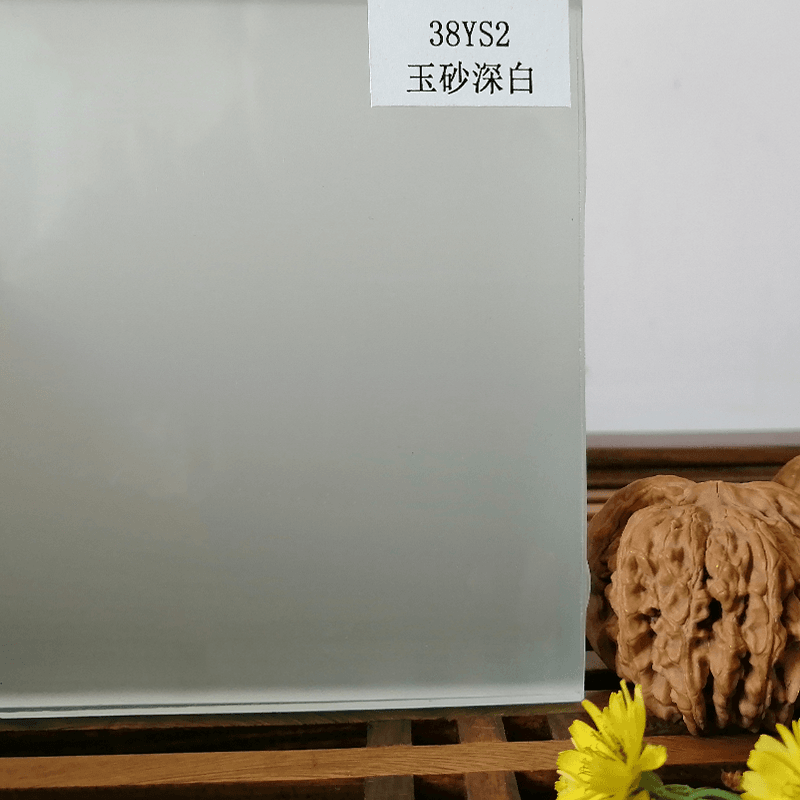
It is worth mentioning that EVA Film has a wide processing window temperature, strong adaptability, and is easy to control the composite process. It is especially suitable for the manufacturing needs of complex structures such as curved glass and special-shaped glass. This feature provides more possibilities for innovation in the appearance design of new energy vehicles, such as panoramic sunroofs and streamlined roof glass.
Finally, under the trend of environmental protection and sustainable development, EVA Film also shows certain green potential. Compared with traditional PVB film, some new EVA materials release lower volatile organic compounds (VOC) during the production process, which helps to improve the air quality in the car; at the same time, with the development of recycling technology, the recyclability of EVA Film after the scrapping of automotive glass is expected to be further improved in the future.
The application of EVA Film in automotive glass interlayer not only improves the safety, comfort and aesthetics of the product, but also provides strong support for the lightweight, intelligent and green development of automobiles. Although its current market share is still lower than that of PVB, with its continuously optimized performance and diversified functions, EVA Film has a bright future in the field of automotive glass.

